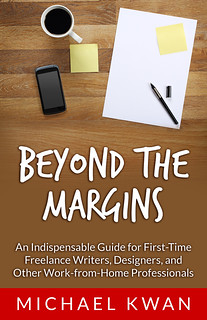Tyger Tyger, burning bright,
In the forests of the night;
What immortal hand or eye,
Could frame thy fearful symmetry?
It almost feels like a lifetime ago at this point, but did you know that I minored in English literature during my university days? Perhaps this contributed to my career choice as a freelance writer, though everything I read for that part of my degree was fiction and practically everything I write today is non-fiction. And while we explored some older works like Paradise Lost by John Milton and more contemporary books like The Bluest Eye by Toni Morrison, the Romantic Period is what really struck a chord with me. And William Blake is widely regarded as one of the most influential figures of that era.
In some ways, this characterization is a little inaccurate, as some of his paintings and poetry are better understood as “Pre-Romantic.” This was followed by the so-called Lake Poets, including William Wordsworth and Samuel Taylor Coleridge, followed by the second generation of Romantic Poets among which we find Lord Byron, Percy Bysshe Shelley and John Keats.
Part of the reason why we might think of William Blake as a “Pre-Romantic” figure is that “The Tyger” was published in 1794. Many scholars, on the other hand, name the Lyrical Ballads by William Wordsworth as the official start of the Romantic period in 1798. But even if we cast all of that aside for a moment, we can glean some incredible insights from “The Tyger” and apply them to 21st century living.
“The Tyger” was originally published as part of the Songs of Experience collection, which was later combined with the original Songs of Innocence to create the appropriately titled Songs of Innocence and of Experience. Its direct counterpart in the Songs of Experience is “The Lamb.” The religious overtone is undeniable.
With the opening stanza of “The Tyger,” William Blake introduces the symbolically ferocious feline. The world is a dangerous place and the speaker questions who could have possibly created such a fearsome creature.
When the stars threw down their spears
And water’d heaven with their tears:
Did he smile his work to see?
Did he who made the Lamb make thee?
In the poem’s fifth stanza, the speaker comes to an incredible realization. We think of the lamb as this sweet, innocent, fluffy little animal that’s full of cuddles and love. And we think of the tiger (tyger) as this scary, dangerous and frightful creature. The lamb and the tiger couldn’t have possibly come from the same source, could they? Did he who made the Lamb make the Tyger too?
The question is rhetorical, of course, as we are to assume that God created all of Earth’s creatures.
But it’s with this realization that we have to embrace the notion of opposites and contrast. You cannot know pleasure if you’ve never known pain, just as you can never truly appreciate the privilege of wealth until you’ve experience the despair of poverty. You cannot truly understand the innocence of the lamb until you’ve experienced the terror of the tiger.
I’ve long since asserted that studying poetry and literature is not a waste of time. The exploration of concepts and personal expression are what make us human. They’re what we live for. And sometimes they serve as inspiration for poetic expression of our own too.





Recent Comments